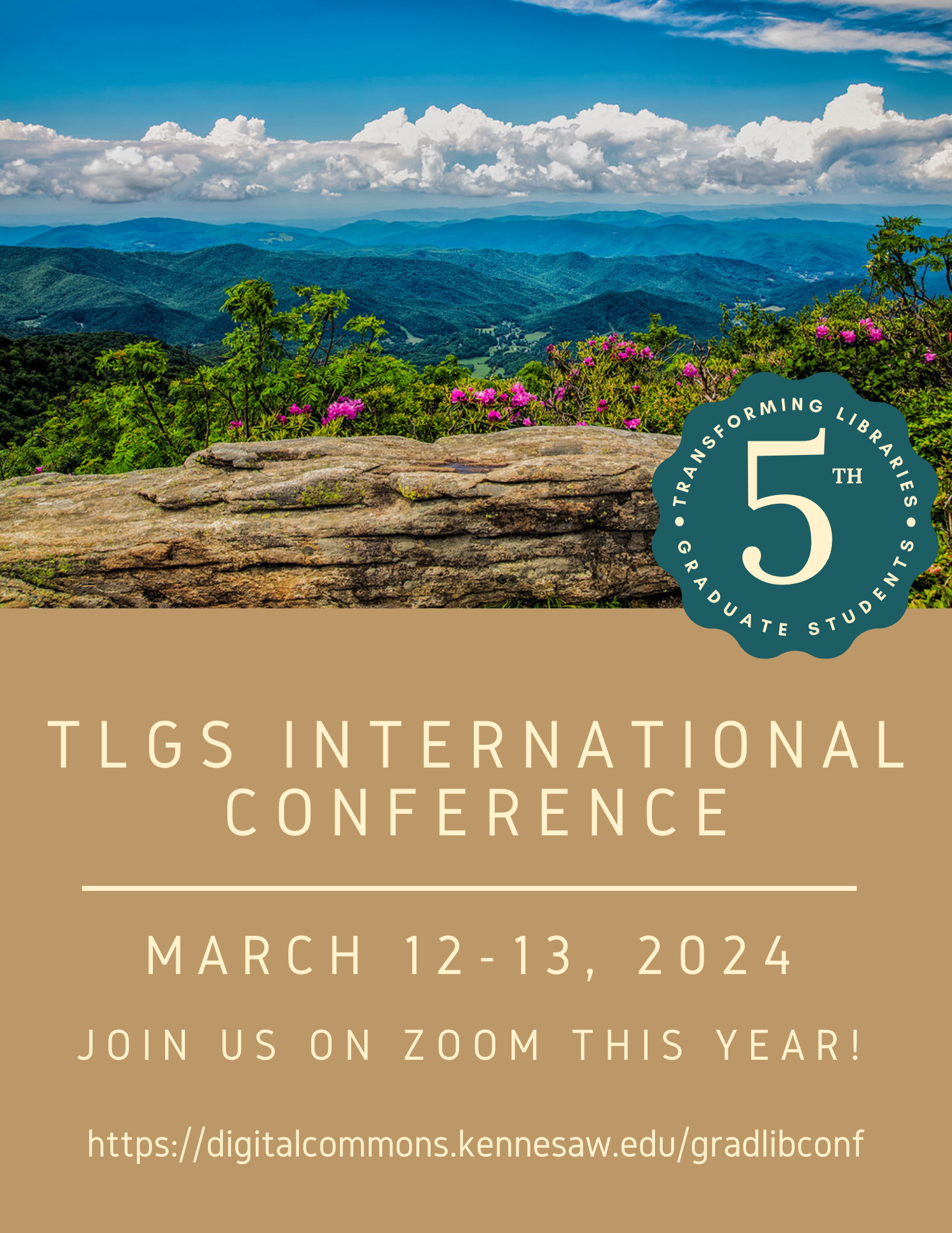Loading...
Keywords
videos, engineering education, asynchronous online learning, workshops
Description of Proposal
For several years, graduate-level library workshops for engineering graduate students had been provided at the university’s college of engineering with moderate attendance. Occasionally the interactive discussions during the sessions would lead to follow-up meetings for reference questions and citation management assistance. Attendance at these sessions dropped when they were shifted to synchronous online sessions in 2020 and 2021 during the COVID-19 pandemic. The decline persisted even when in-campus workshops resumed, suggesting that the online component was not the source of the problem.
As an alternative, the graduate programs student coordinator suggested that asynchronous videos be created instead of the workshops, so students could have flexibility in the timing to watch the videos. While the content of the videos could be focused on the topics that the engineering graduate students expressed a preference for, and direct marketing from the college to the engineering graduate students could build their awareness, the videos nevertheless were still voluntary viewing for the students. Because the students would not be compelled to watch the videos through course requirements, marketing the videos and maintaining engagement once students were aware of them was important.
Selections of videos from “best of” lists for educational YouTube channels (Tadbier & Shoufan, 2021) were examined to find commonalities among them. Some techniques, involving professional production and editing, were beyond the resources available. Others were simple techniques that are common in the influencer video genre, including human presence, narrator personality, dynamic screen displays with on-screen text to emphasize main points, and occasional sound effects. These basic effects add substantial time to the video production process but do not require professional video editing skill.
View counts revealed that the videos produced with these elements received significantly more views than the synchronous workshops, though substantially fewer than the top YouTube videos used for inspiration. The next step in the assessment will be to follow-up with students about their awareness and use of the videos.
Tadbier, A. W., & Shoufan, A. (2021). Ranking educational channels on YouTube: Aspects and issues. Education and Information Technologies, 26(3), 3077–3096. https://doi.org/10.1007/s10639-020-10414-x
Poster
Completely Optional: Rethinking Synchronous Graduate Workshops as Asynchronous YouTube Videos
For several years, graduate-level library workshops for engineering graduate students had been provided at the university’s college of engineering with moderate attendance. Occasionally the interactive discussions during the sessions would lead to follow-up meetings for reference questions and citation management assistance. Attendance at these sessions dropped when they were shifted to synchronous online sessions in 2020 and 2021 during the COVID-19 pandemic. The decline persisted even when in-campus workshops resumed, suggesting that the online component was not the source of the problem.
As an alternative, the graduate programs student coordinator suggested that asynchronous videos be created instead of the workshops, so students could have flexibility in the timing to watch the videos. While the content of the videos could be focused on the topics that the engineering graduate students expressed a preference for, and direct marketing from the college to the engineering graduate students could build their awareness, the videos nevertheless were still voluntary viewing for the students. Because the students would not be compelled to watch the videos through course requirements, marketing the videos and maintaining engagement once students were aware of them was important.
Selections of videos from “best of” lists for educational YouTube channels (Tadbier & Shoufan, 2021) were examined to find commonalities among them. Some techniques, involving professional production and editing, were beyond the resources available. Others were simple techniques that are common in the influencer video genre, including human presence, narrator personality, dynamic screen displays with on-screen text to emphasize main points, and occasional sound effects. These basic effects add substantial time to the video production process but do not require professional video editing skill.
View counts revealed that the videos produced with these elements received significantly more views than the synchronous workshops, though substantially fewer than the top YouTube videos used for inspiration. The next step in the assessment will be to follow-up with students about their awareness and use of the videos.
Tadbier, A. W., & Shoufan, A. (2021). Ranking educational channels on YouTube: Aspects and issues. Education and Information Technologies, 26(3), 3077–3096. https://doi.org/10.1007/s10639-020-10414-x



What takeaways will attendees learn from your session?
After the session, attendees will be aware of the “best practices” recommended for academic library videos in general. Attendees will observe a process for prioritizing goals in library workshops and for getting inspiration from sources outside the library.